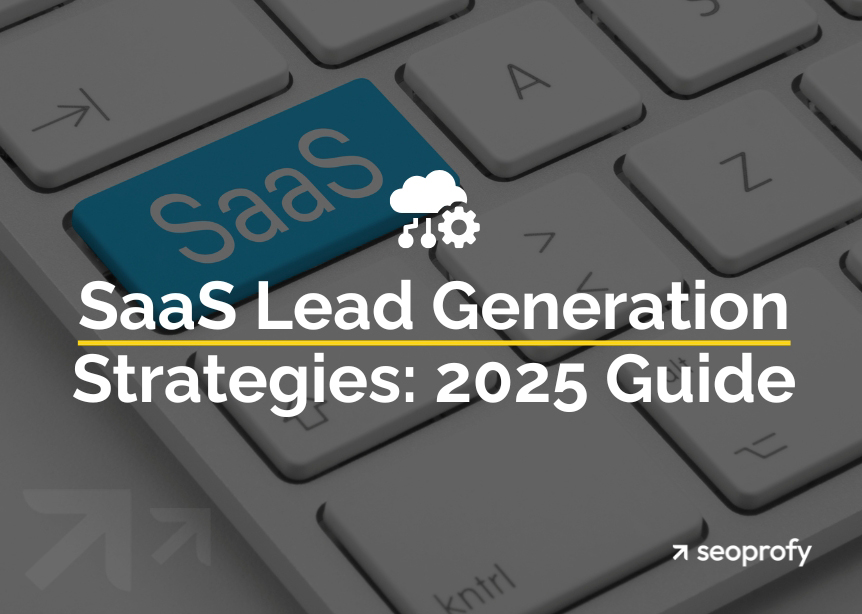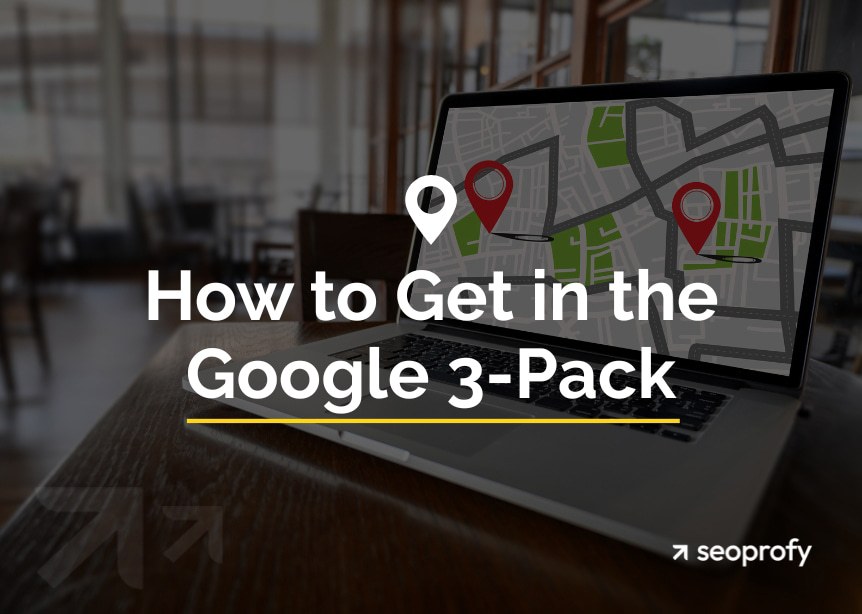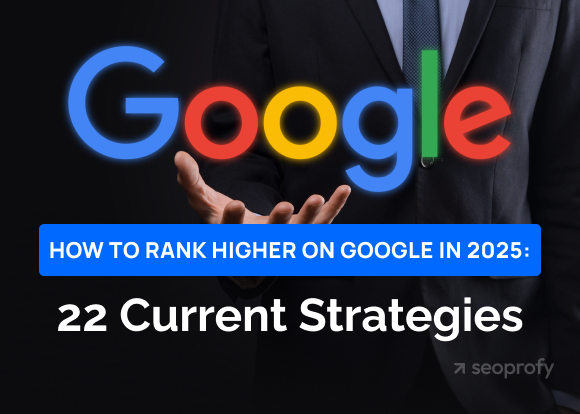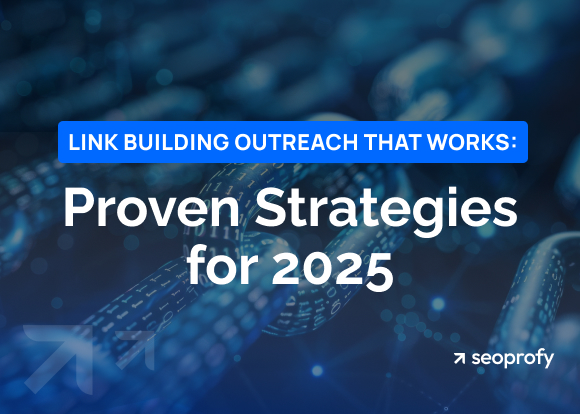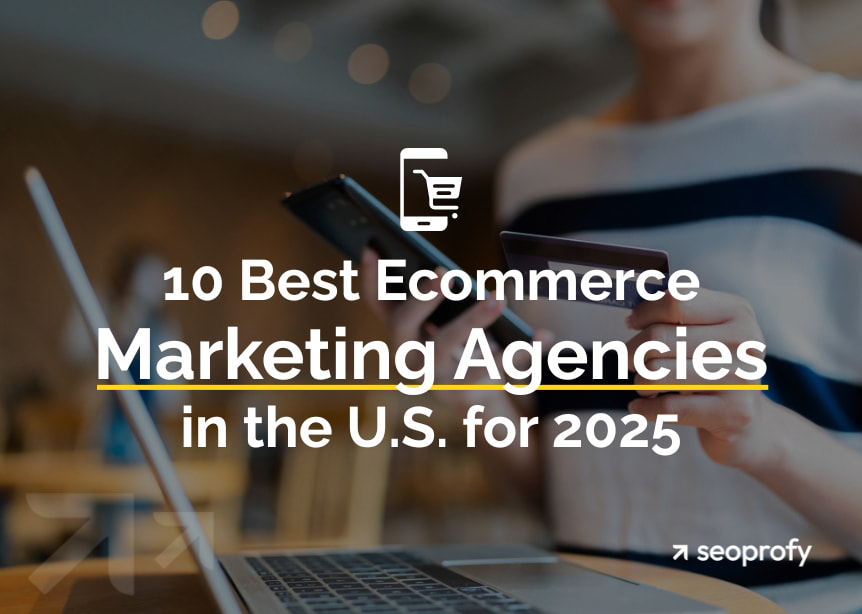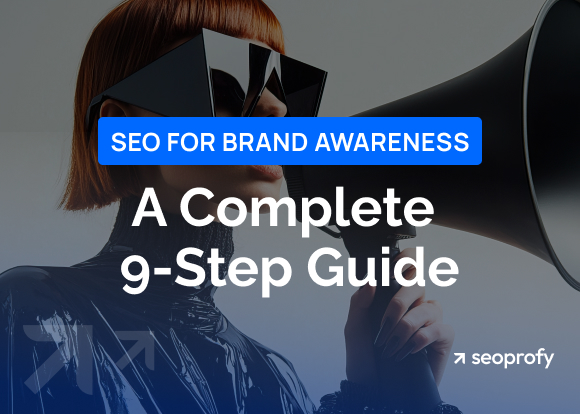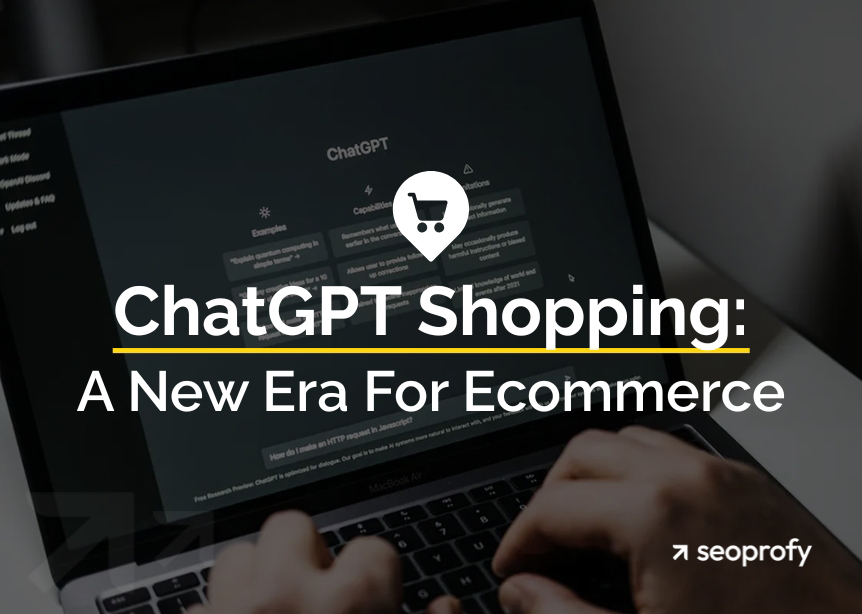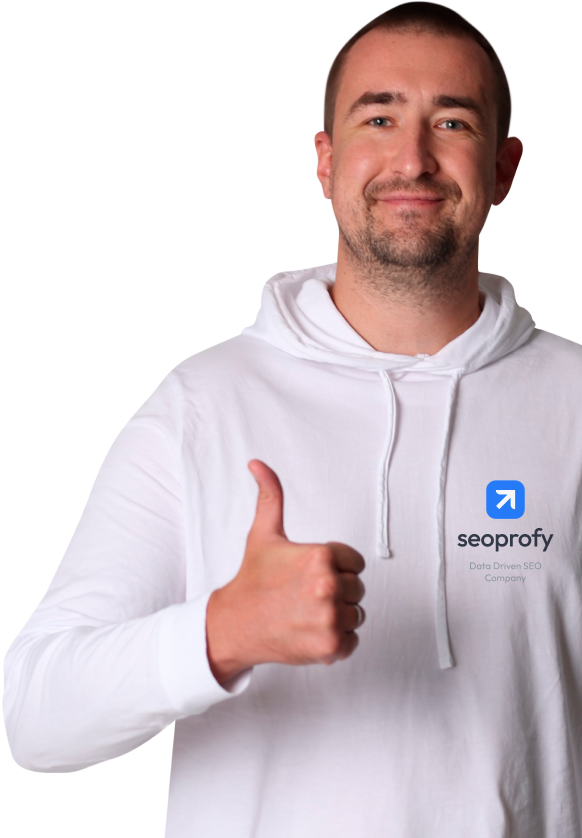Fashion brands don’t lose visibility because of bad products — they lose it because search engines don’t recognize what they’re offering. SEO for fashion ecommerce in 2025 is about turning your store into something Google understands and prioritizes.
Search isn’t where people discover you. It’s where they decide if you’re worth clicking. Long before they see your lookbook or pricing, they’ve already filtered you in or out based on how your site performs. Structure, speed, content depth, and relevance all shape that decision. Fashion SEO isn’t about more traffic. It’s about the right traffic, at the exact moment someone is ready to shop.
In this guide, you’ll learn the strategies that actually move the needle in fashion SEO—so your store gets seen, clicked, and bought from.
- Paid traffic keeps getting more expensive but less effective. SEO for clothing brand lowers acquisition costs over time and delivers higher long-term ROI.
- Visibility depends on structure. If your site buries key pages, breaks internal links, or relies on filters and parameters, it won’t rank or convert.
- The strongest links point to editorial assets, not product listings. Tools, interviews, and content with long-term value attract attention and authority.
Why SEO Is Critical for Fashion E-commerce in 2025
Fashion brands are stuck in a loop: launch, run ads, burn budget, repeat. Everyone’s fighting for the same attention on Instagram, Facebook, and Google. And with CPCs rising every year, it’s costing more just to stay in the game, never mind win it.
Here’s the truth: paid ads stop working the second you stop paying. But traffic from search? That keeps coming — if you invest in the right strategy.
SEO for fashion eCommerce isn’t about hacking algorithms or stuffing keywords. It’s about building a site that search engines understand and shoppers trust. Right now, organic search brings in 23.6% of eCommerce orders. And according to one study, search engine optimization delivers 8x better returns than PPC.
Yet most fashion sites are designed for looks, not search. Slow load times, confusing navigation, and missing content — all things Google hates. So while your competitors throw cash at ads, you could be building a system that brings in buyers day after day, without paying for every click.
The brands that win in the long run aren’t the ones spending the most — they’re the ones building smarter.
Site Architecture & Internal Linking
Most fashion eCommerce sites break at the structural level. Categories run too deep, filters generate junk URLs, and internal links don’t support discovery. Google’s documentation is clear: architecture and linking remain the foundation of crawlability and relevance. That’s where we start.
Flat, Crawlable Architecture
Fashion eCommerce websites often bury revenue pages without realizing it. Four clicks to reach a product. Filters that hide entire collections. URLs bloated with parameters. All of that blocks crawling and kills indexation.
Fixing it starts with structure. Your goal is to make every key page reachable fast and clean:
- Keep all product and category pages within three clicks of the homepage
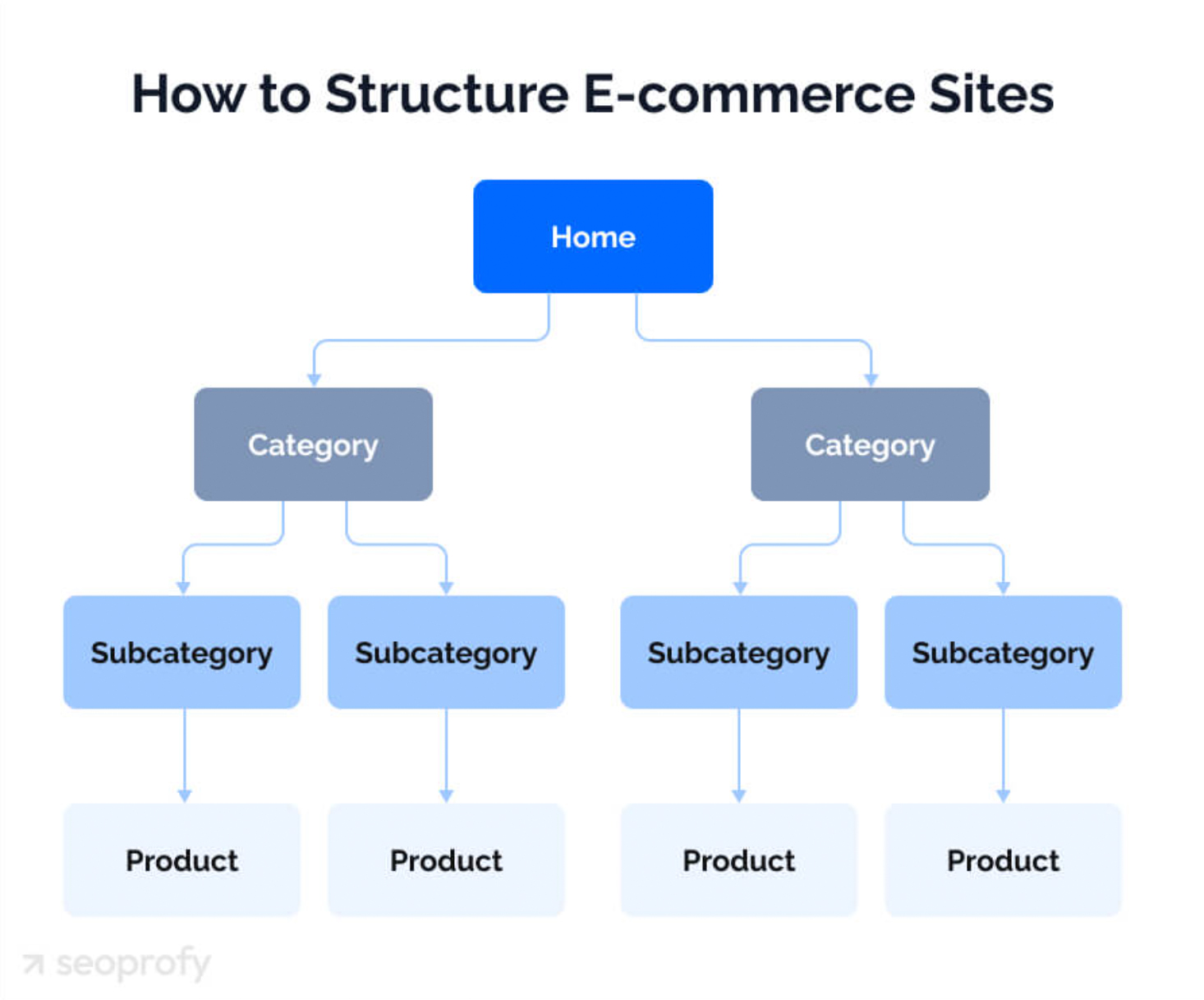
- Use static URLs without excessive folders or dynamic parameters
- Avoid relying on filters to reveal content
- Link paginated series properly to avoid orphaning deeper items
Use crawl reports to catch issues. Screaming Frog and Search Console will show you which pages get reached and which ones are ignored. Pages buried deep in the architecture and lacking internal links are often overlooked by crawlers and rarely indexed.
Don’t overcomplicate it. The goal is clarity. If Google can’t crawl it, it won’t rank. If users can’t navigate it, they won’t convert. Build for both.
Smart Use of Anchor Text
A lot of online fashion stores focus all their backlinks on the homepage. That creates a dead end. To rank collection or category pages, they need their own links with anchor text that reflects what the target audience actually searches for.
Anchor text is not a styling choice. It is a targeting tool. Google’s documentation clearly recommends using descriptive phrases over vague terms like “click here” or “read more.”
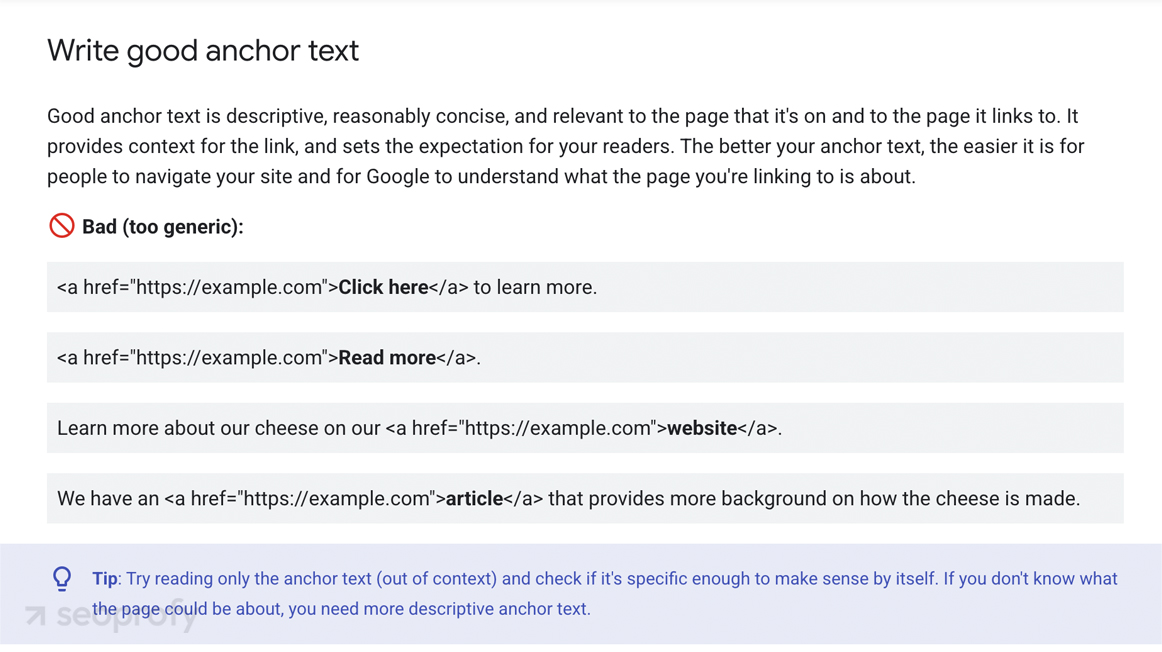
Yet most backlink profiles are filled with brand names or non-informative anchors. To make links work, structure them with intent:
- Use category names when linking to collections
- Link to deeper pages, not just the homepage
- Match the anchor to the relevant keywords
- Avoid anchors that say nothing about the destination
We pulled this anchor profile from Ahrefs to show how larger brands approach SEO for fashion eCommerce in practice:
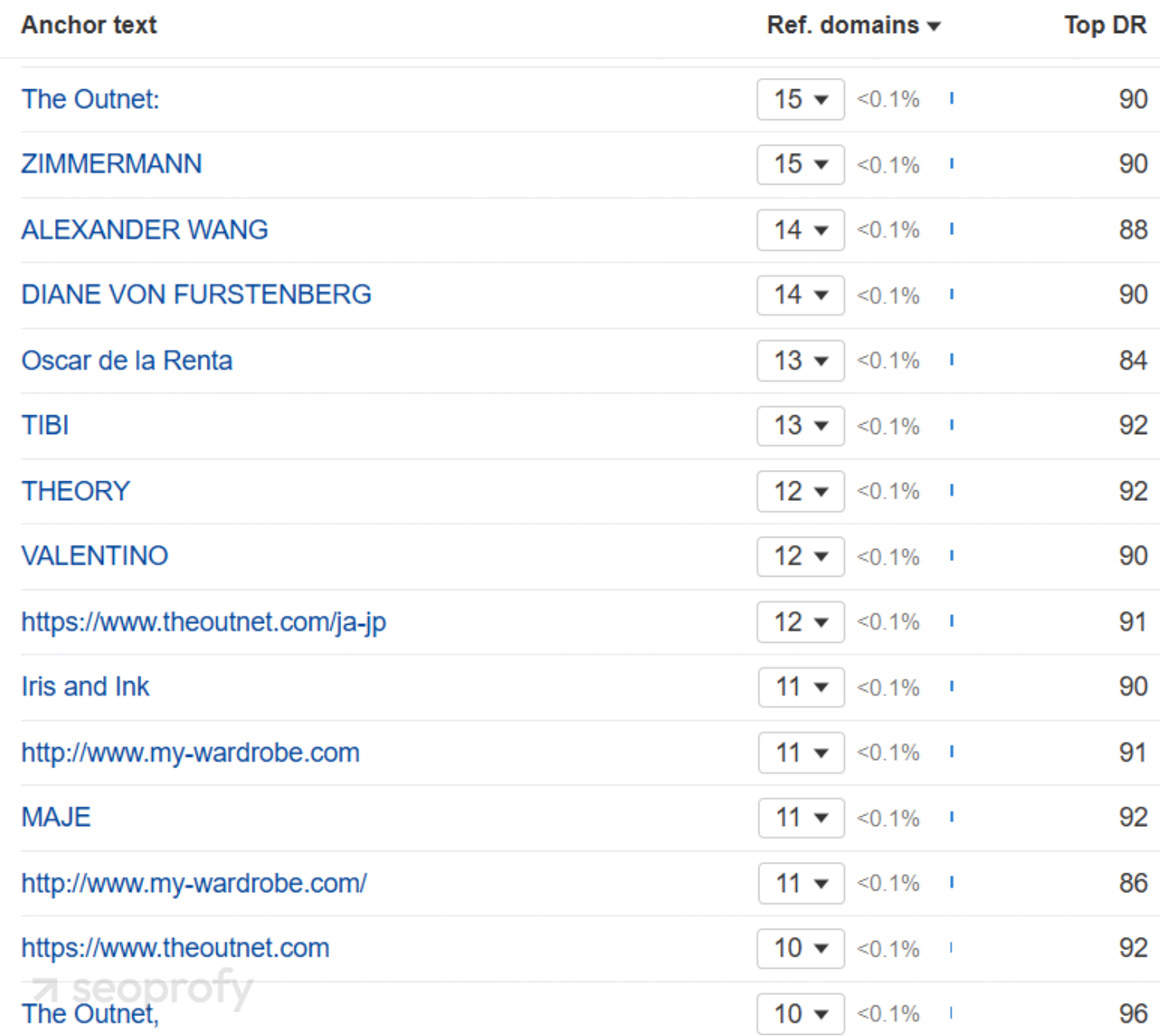
In The Outnet’s backlink data, anchors like “ZIMMERMANN” and “VALENTINO” lead directly to those brand collections. Even language versions and folders get links. Authority is not pointed only at the root but is distributed where it converts.
Technical SEO for Fashion Stores
In SEO for fashion eCommerce, one of the biggest technical problems is that important pages are not indexed. That includes seasonal collections, new arrivals, and product categories that should drive organic traffic but stay invisible.
The main reason is scale. Online stores generate thousands of URLs through color variants, filter combinations, internal search pages, and auto-created tags. Without proper directives, Google may crawl and waste resources on low-value pages instead of focusing on what matters. To index your fashion ecommerce website correctly, define what should be included:
- Add noindex to filtered results and low-value variants
- Disable crawling of internal search pages
- Remove expired listings from your sitemap
- Link important pages from templates, not just menus
Check indexing status regularly in Google Search Console. Check pages discovered but not indexed. That is where the crawl budget is being lost.
Fashion SEO fails at the indexing stage more often than at the content or link level. If Google cannot index your site correctly and your key pages are missing from search, nothing else will work.
Mobile-First & Speed Optimization
Most shoppers browse and buy on the go. In Q3 2024, smartphones accounted for 77% of retail site visits and 68% of online orders.
Yet many stores still fail basic mobile tests. Layouts break, product images load slowly, and key elements shift during scroll. These issues affect both user experience and positions in search engine results pages. Moreover, 76% of buyers say they use mobile because it saves time. So, a delay of even a few seconds increases bounce rates and kills conversions.
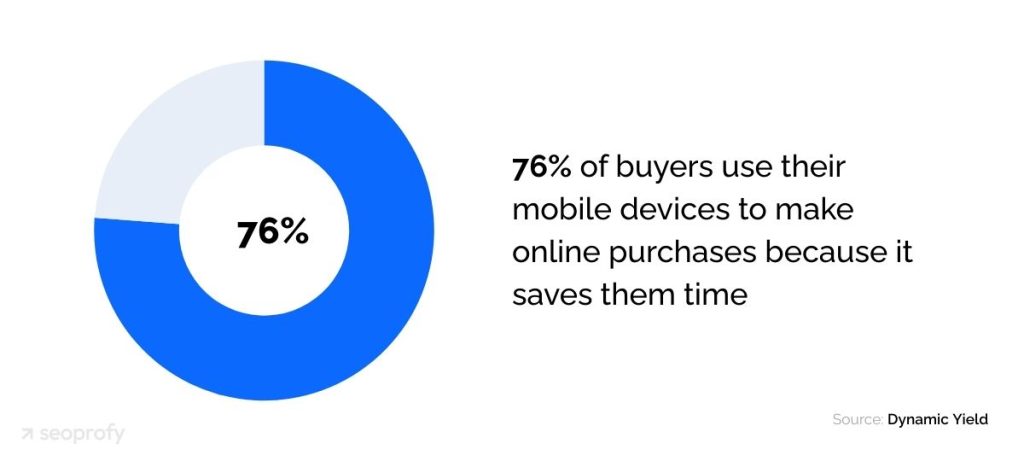
Google now indexes websites based on the mobile version only. If it is slow, incomplete, or missing important content, that is what search engines will evaluate and rank. To optimize for mobile:
- Compress and serve next-gen images
- Avoid blocking resources with lazy-loading scripts
- Use mobile-friendly layouts with stable UI elements
- Test your fashion website using PageSpeed Insights and Lighthouse on real devices, not just emulators
We put Amazon to the test using PageSpeed Insights. Even giants have room for improvement:
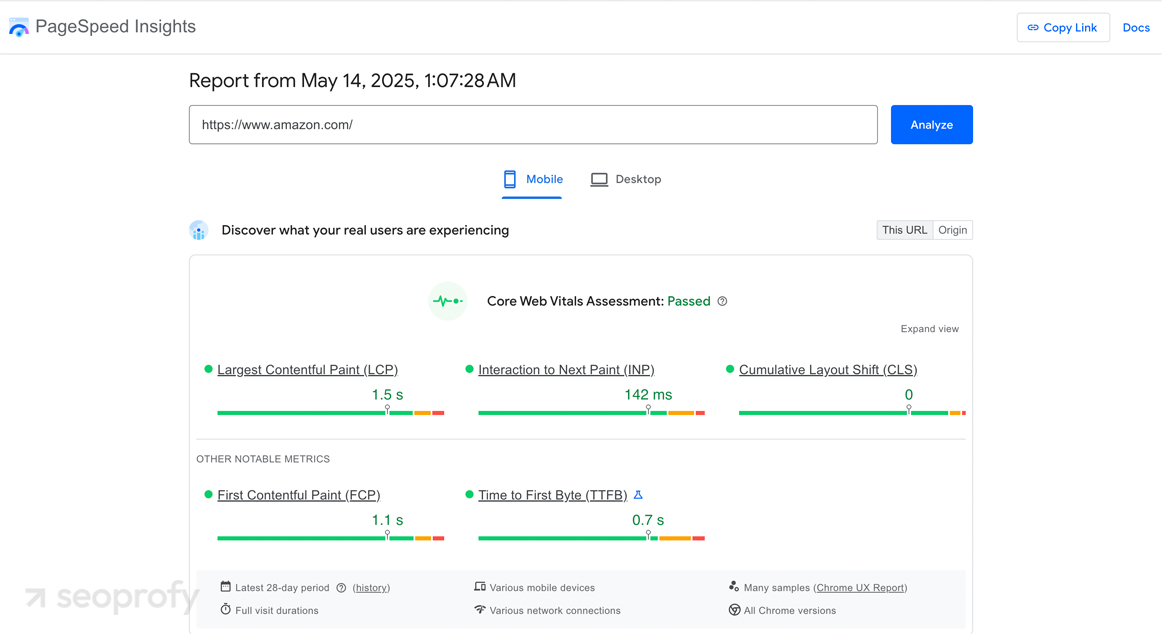
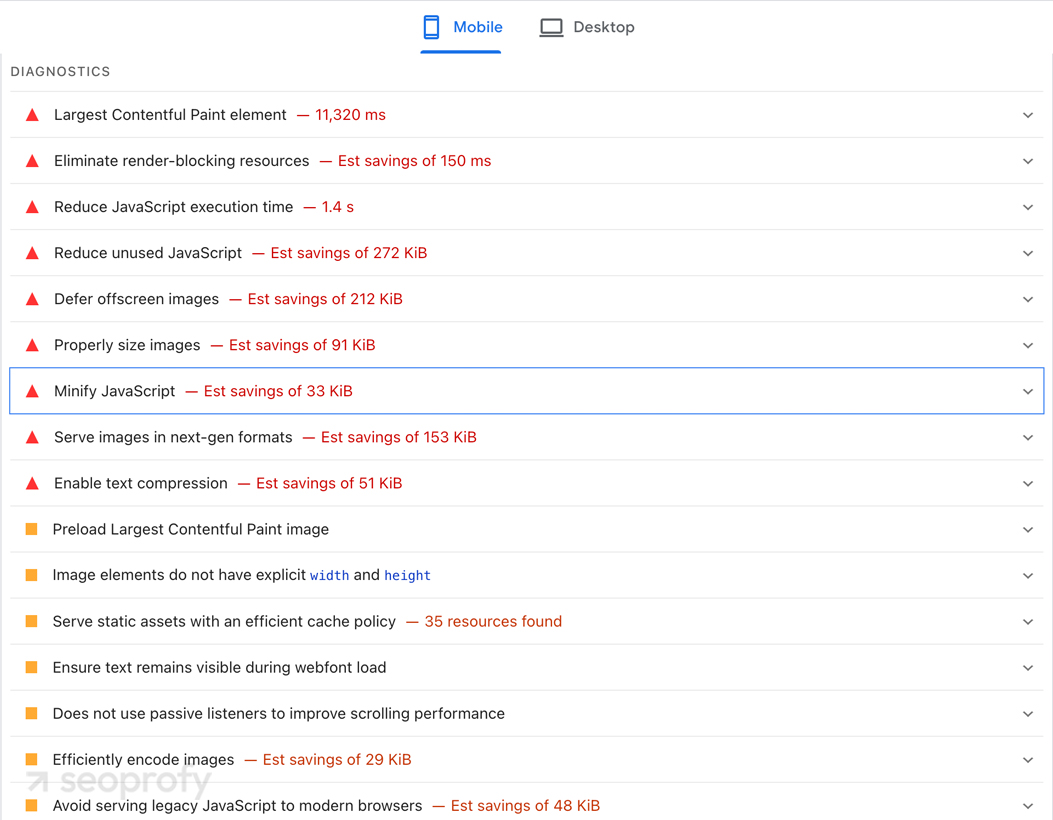
JavaScript Rendering
Rendering is the process of turning code into visible content. In the fashion industry, most stores rely on JavaScript to load dynamic elements: filters, navigation, product grids, and price updates. But if that content isn’t rendered properly, Google won’t see it.
Googlebot uses an up-to-date version of Chrome to render and index pages, including those built with JavaScript. In most cases, JavaScript-rendered content is processed without delays. However, Google still does not interact with elements that require user input to load content, such as tabs or click-to-expand components.
To make sure critical content is indexed, check what Google actually sees. Use the URL Inspection Tool in Search Console to compare the raw and rendered HTML. If key elements like product titles, prices, or links are missing from the rendered version, they may not be indexed.
Where possible, use server-side or hybrid rendering. If client-side rendering is unavoidable, make sure important content loads quickly and without user interaction.
Structured Data for Fashion SKUs
Structured data allows search engines to interpret product details at scale, including attributes like size, color, availability, price, and reviews — all of which can be tied to a specific SKU (a unique identifier used to distinguish product variants in inventory and search).
Use the Product schema on every product detail page (PDP) to help search engines understand your inventory and display rich results. If each variant—such as a different size or color—has its own URL, apply separate structured data to each page. If all variants are listed on the same URL, define them as individual offers within a single Product markup block.
To ensure eligibility for enhanced search features, include key properties:
- price and availability for visibility in rich snippets
- brand and productID to connect related variants
- Variant-specific details like sku, color, and size
- aggregateRating and review, when available
Not all variant data can be expressed in one schema block. Your implementation should match how your product URLs are structured.
Check implementation using Google’s Rich Results Test and the Schema Markup Validator. Missing fields or syntax issues will block enhanced search features.
To give a practical illustration, we wrote a full JSON-LD snippet for a hypothetical fashion item with variants, prices, and ratings. We validated it using both major testing tools to show how the structured data is interpreted and what kind of output you’ll see.
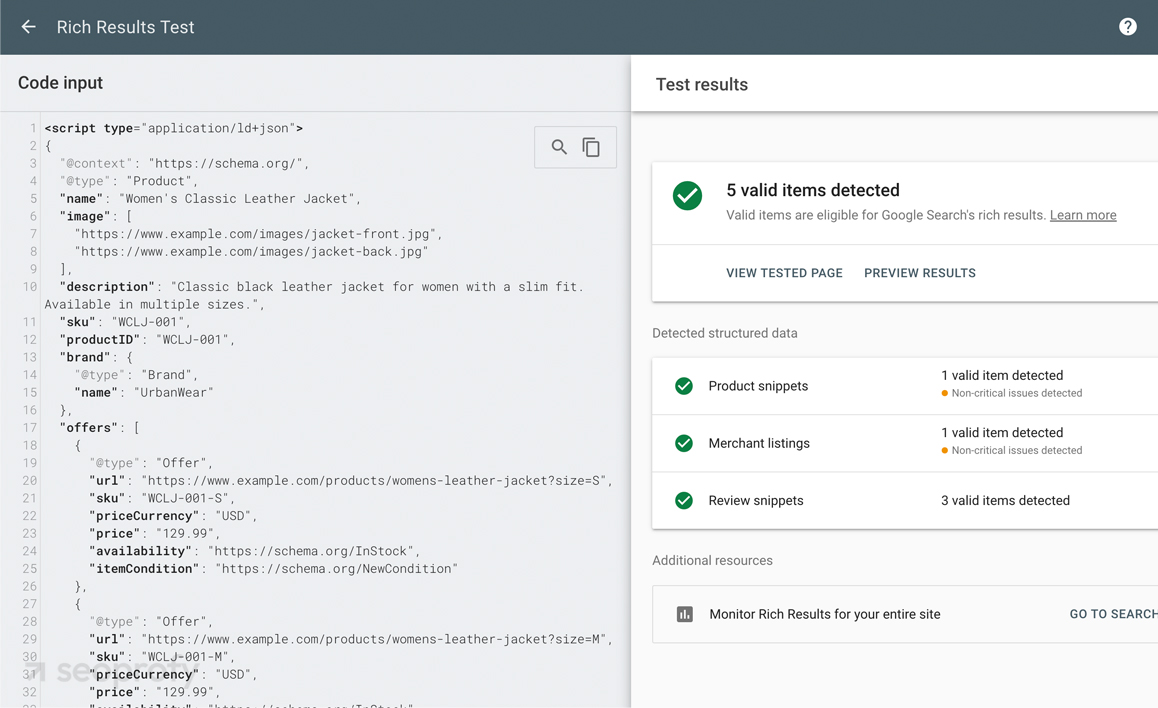
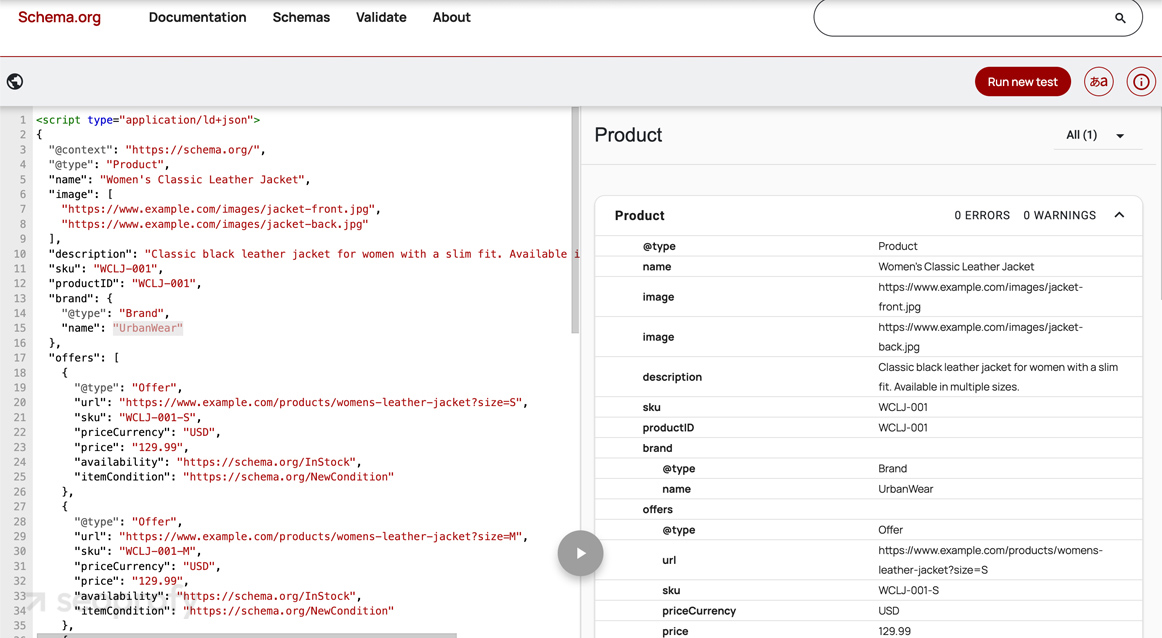
Structured data does not increase search rankings on its own. It improves how your products appear in search, which drives clicks and helps users compare options faster. For fashion, visibility at the product level makes the difference.
Feels like too much? We get it. Schema markup, SKUs, validators — it adds up fast. A fashion SEO agency can handle the technical side so you don’t have to figure it all out alone.
How to Build SEO-Optimized Fashion Product Pages
Product pages drive conversion-focused traffic, but they also play a key role in SEO — especially for long-tail, high-intent searches. Still, they shouldn’t carry all the weight. Your broader strategy must include well-optimized category and editorial pages. Here’s how to make your PDPs pull their weight in your overall search strategy.
Basics of Product Page SEO
In eCommerce, product pages are often the largest part of the site. They are also the most overlooked in SEO. Some brands expect traffic to go through the homepage or categories. But high-intent searches often lead straight to PDPs. That makes them a priority for visibility and conversion.
So, product page SEO is about making each product page relevant to search, not just functional for browsing. That means aligning it with how people search and what they expect to see when they land.
Make Your Pages Engaging
Engagement metrics like time on page, scroll depth, and interaction rate influence how search engines evaluate content. On product pages, that means giving users a reason to stay, scroll, and interact.
SEO for fashion eCommerce offers distinct engagement tactics that enhance both UX and SEO performance. Some brands add interactive size guides, 360-degree product views, or zoomable fabric textures. Others focus on smart recommendations or dynamic variant previews.
Some of these features are already available through third-party tools. For example, Model Swap lets shoppers preview clothing on different body types. It gives them more visual context and increases time on page.
Print-on-demand platforms offer live product customizers that let users upload their own design and instantly see how it looks. Here’s an example from a mockup builder we’ve used:

If your product pages get impressions but fail to drive clicks or conversions, improving engagement may be the missing piece. Track behavior metrics and test interactive elements. They often fix what high-quality content alone cannot.
Content That Drives Ecommerce Rankings
In eCommerce SEO, rankings are driven by more than just product pages. If your site only targets transactional keywords (searches with buying intent like “buy”, “shop”, or “discount”), you miss the wider search demand around inspiration, fashion tips. styling, care, and comparison.
A strong content strategy fills the gap and helps build topical authority. It gives search engines context about your niche and helps users move from research to purchase without leaving your site.
Net-a-Porter’s PORTER magazine is a great example. They’ve built a dedicated editorial hub covering fashion, lifestyle, beauty, wellness, and jewelry. Each section acts as a content pillar (a central theme that supports multiple related articles) that links internally to relevant products. This creates a content ecosystem that supports both visibility and conversions.

It’s also highly localized. Their content performance across top-level geos shows how a single editorial hub can power multiple markets:
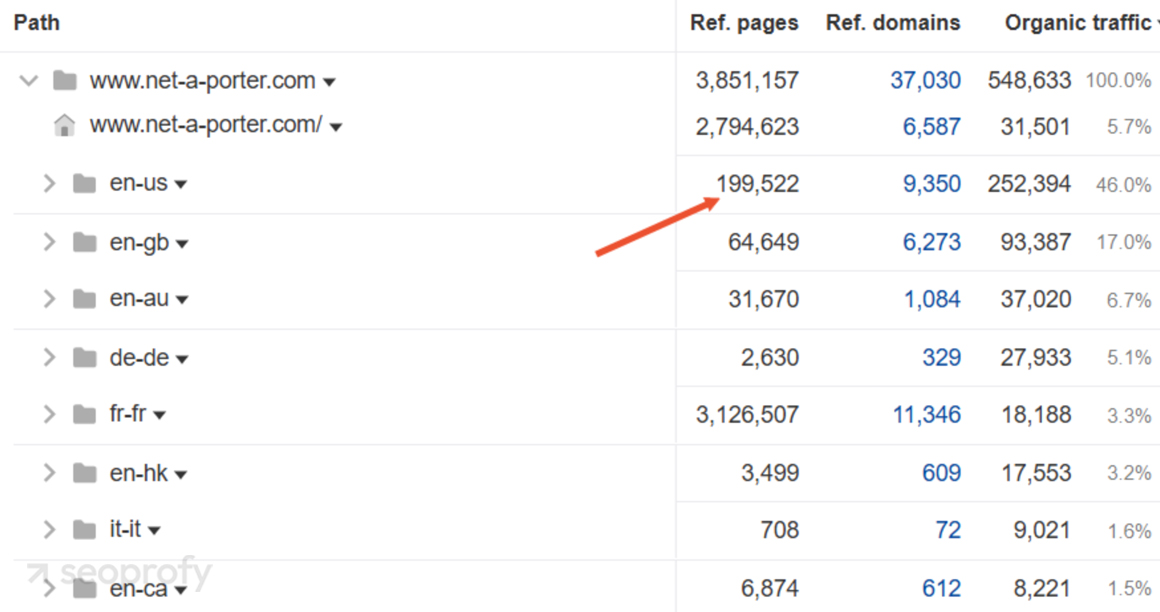
To make this work, tie each piece of content to a product category. Use internal links, structured navigation, and clear intent targeting. Authority builds gradually, but site structure determines whether that authority flows efficiently across your content ecosystem.
Blog Strategy for Fashion Brands
A fashion blog works when it matches your SEO goals to how people actually shop. That means mapping content to different stages of the funnel and aligning it with your keyword strategy from the start.
At the top of the funnel, blog posts should target informational-intent keywords (including long-tail keywords) — the kinds of queries users search when they’re exploring ideas or looking for inspiration. Phrases like “how to wear linen in the summer” or “the best office outfits for hot weather” don’t signal immediate purchase intent, but they do bring in users who are one or two clicks away from your collections. These visitors may not be ready to buy yet, but they’re in discovery mode — and your content can guide them toward product pages naturally.
Mid-funnel content should narrow the focus. Articles like “linen shirts under 100” or “minimalist summer capsule wardrobe” speak to people comparing options. These posts can link directly to filtered collections or curated landing pages.
Bottom-funnel blog posts can address specific doubts or friction points. Examples include “how this dress fits on petite frames” or “shipping time to Canada.” User-friendly content like this supports decision-making for users already deep in the journey.
To get ideas, look at search queries that happen before conversions. Use tools like Search Console, Ahrefs, or customer service logs. Then build blog topics that directly bridge intent with the products you want to sell.
Backlink Building in Fashion E-commerce
Backlink value in fashion eCommerce SEO depends on domain relevance, editorial context, and whether the link supports pages with conversion potential. This niche moves fast, and search intent is tightly connected to product timing, brand value, and visual relevance. That makes traditional link building approaches less effective.
Start by identifying what needs support. For new brands, this is usually the homepage and key commercial categories. For established domains, link equity should be distributed to seasonal collections, high-margin products, or pages with strong internal conversion data.
A strong backlink strategy starts with analyzing competitors. Look at who links to top ranking brands in your space, what kind of content earns those mentions, and which of those pages consistently appear in search results for high-value queries.
In Ahrefs, enter a competitor’s domain and go to the “Best by Links” report. This shows which URLs have the most backlinks. Use the “Backlinks” tab on those pages to see what sites are linking, what anchors they use, and what type of content surrounds the link.
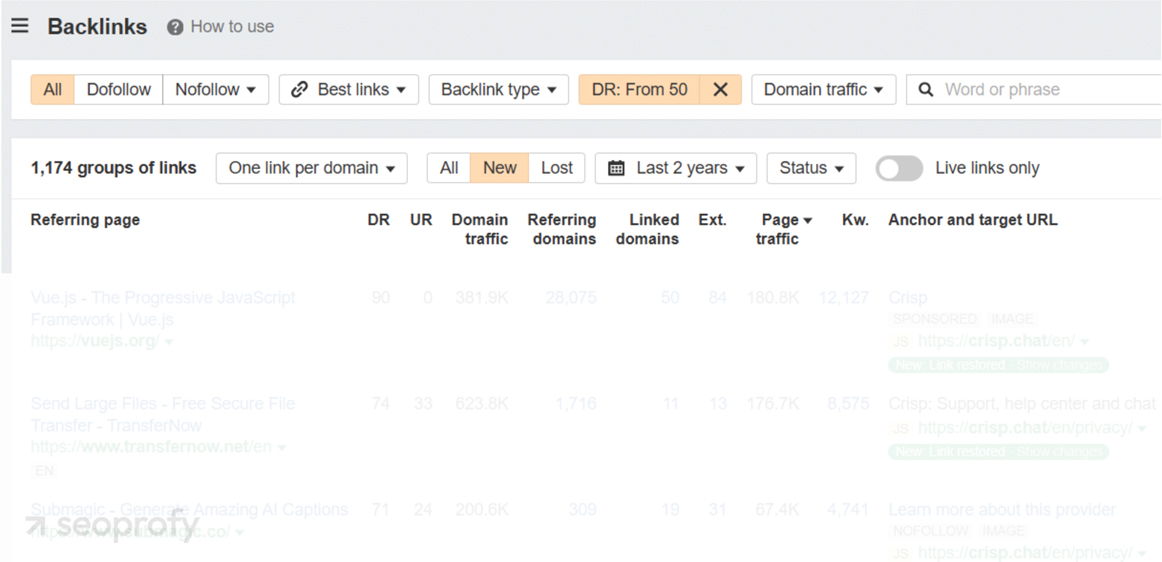
You will often find links pointing to editorial articles, lookbooks, or brand comparisons. This gives you a clear picture of what gets linked to in your niche and what formats attract attention. From there, you can design your own approach.
There are link building services that can help operationalize this process, but they must understand the nuances of SEO for fashion eCommerce. Generic outreach, irrelevant placements, or excessive linking from thin content pages will not move high-intent pages. Precision matters more than scale.
Influencer Collaborations + Press Features
The strongest backlinks in fashion often originate from relationships, through influencer content and editorial features, but gain value when placed on authoritative pages. While not all press links pass SEO value directly (some are nofollow), they support brand authority and can still drive SEO impact through secondary mentions.
Instead of sending traffic to a product page, direct it to blog content that gives more context. It is much easier to earn a link to an article featuring a designer collaboration, behind-the-scenes shoot, or styling interview than to a generic product listing.
Fashion publishers, bloggers, and even mainstream media often link to branded content when it adds value. The blog becomes your safest and most scalable destination for link-worthy stories.
In Ahrefs, you’ll often find that the strongest links point not to PDPs but to articles, interviews, and brand editorials. Below is an example from Net-a-Porter: several New York Times articles link to individual blog posts instead of the main PORTER magazine page or product listings.
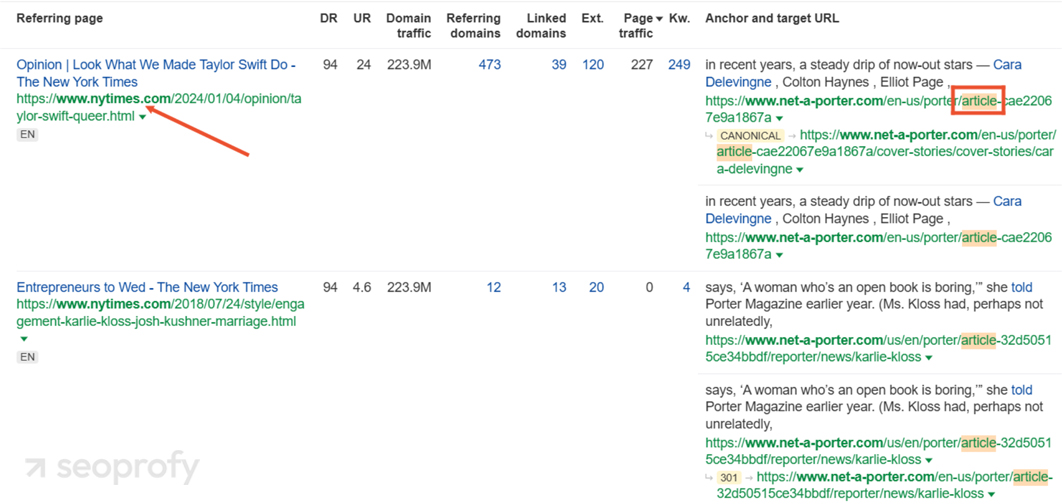
To make this work, treat each collaboration or press event as a content asset. Publish content with long-term editorial value that remains relevant and linkable beyond the launch window. Then pitch them as editorial material. That’s how natural links happen.
Digital PR for Seasonal Collections
Seasonal fashion drops create natural opportunities for PR outreach, but timing and targeting are critical. Digital PR for ecommerce should support visibility where organic competition is highest, especially during peak search periods and trend cycles.
And here’s some awesome news! HARO, one of the most effective channels for earning editorial links, is back. After going offline in December 2024, HARO relaunched in 2025 under new ownership and is once again accepting queries at helpareporter.com.
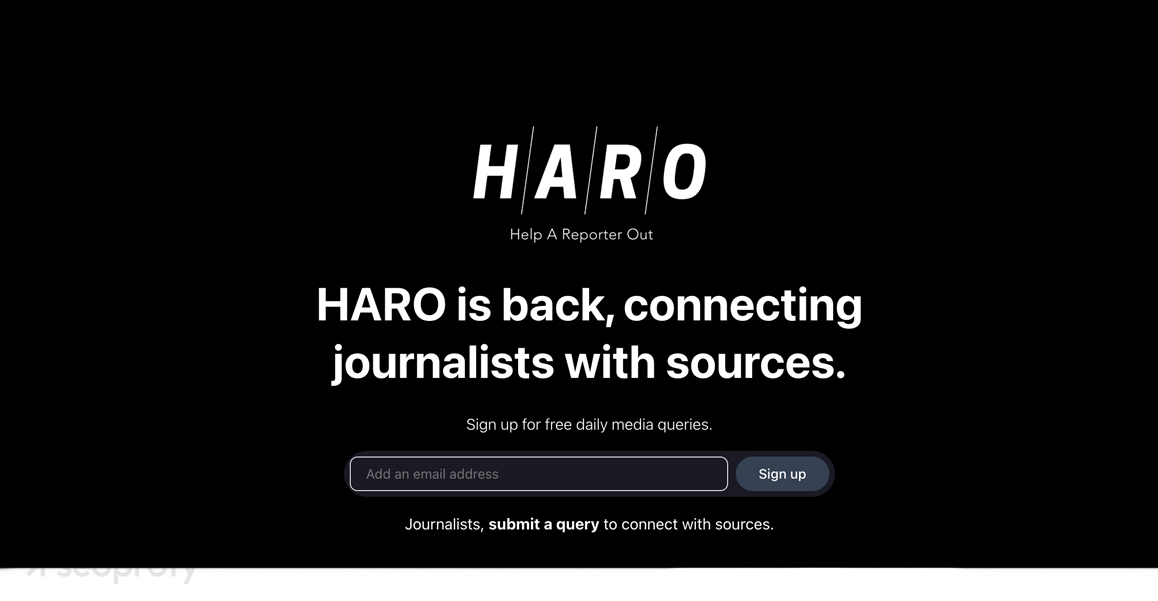
To use it effectively in SEO for fashion eCommerce, sign up and monitor daily emails for relevant queries. Focus on requests that match your seasonal products and always offer a clear angle such as collection themes, limited editions, or sustainability messaging.
You won’t be able to choose the publication or track the final link automatically, and some replies may lead nowhere. But if you play the volume right, you can land links from outlets like Forbes, Business Insider, Vogue, or Elle. Also, it can work for local SEO.
When pitching, link to supporting content instead of your homepage. Use editorial landing pages or blog articles connected to the collection. This makes the link more relevant and increases the chance it will be included.
Alternatives like Terkel, Qwoted, and Help a B2B Writer are not weaker than HARO in terms of quality. They simply have a smaller volume of daily queries, which means fewer ongoing opportunities unless you actively monitor all three.
Digital PR should be planned around your calendar. Prepare stories ahead of seasonal launches, define angles in advance, and coordinate link targets early.
Linkable Assets: Size Charts, Lookbooks, Calculators
Many backlinks in fashion are earned through value-driven content, not just paid placements. Assets that solve real problems drive more natural links. These may include interactive guides, calculators, and downloadable lookbooks. Unlike product pages, they are evergreen, help users solve problems, and give editors a reason to link.
Linkable assets work especially well in fashion eCommerce SEO because they support both content and product visibility. They sit between inspiration and conversion, making them perfect destinations for outreach, PR, and organic mentions.
Outfit builders, for example, are a strong type of interactive asset. They let users mix and match items visually, which drives engagement while also making the page link-worthy.
Here is a working example from Golfposer’s site, where users can build entire looks using products from across categories.
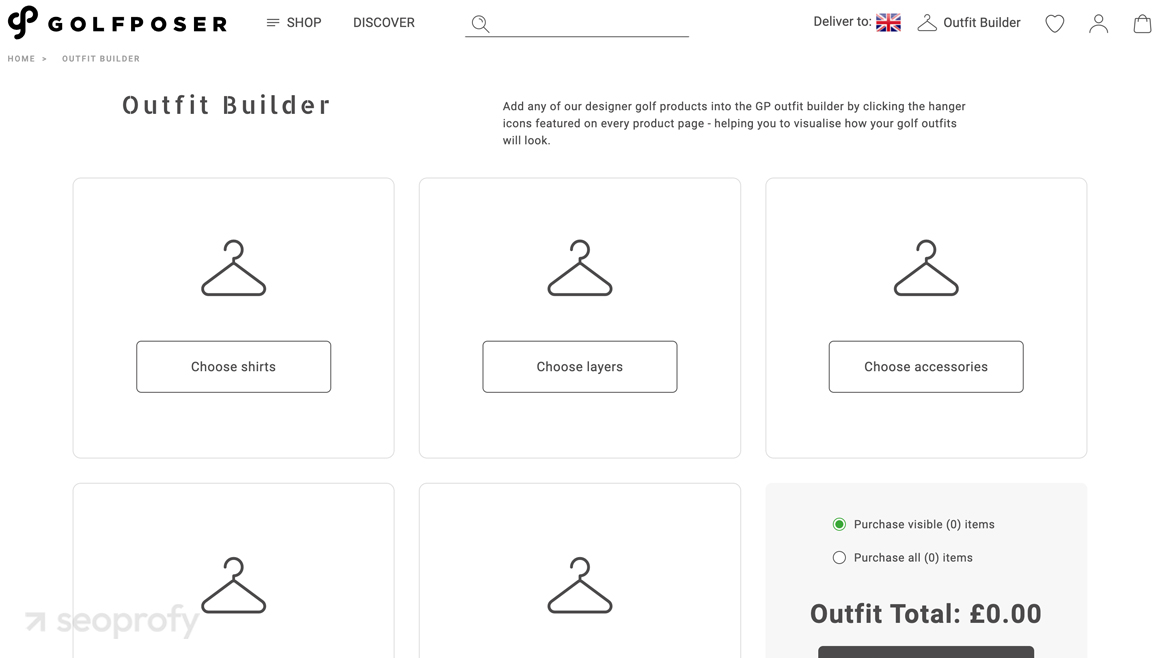
Another asset that supports both conversions and SEO performance is the personalized size calculator. It removes barriers to purchase, improves fit accuracy, and gets cited in sizing-related guides and comparison posts.
Taylor Stitch uses a simple input form to recommend the best fit based on height and weight. That utility alone makes it worth linking.
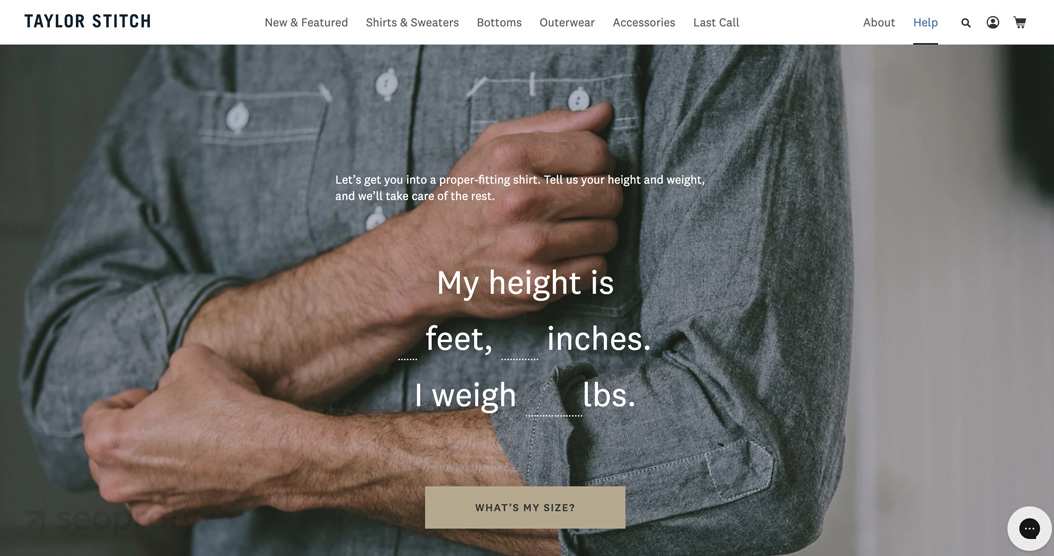
When building linkable assets, start with what users struggle with. Sizing, coordination, and purchase confidence are common friction points. Turn those into tools, and you will naturally attract backlinks from blogs, magazines, stylists, and content creators who are looking to add value in their own posts.
Conclusion
SEO for fashion brands presents distinct challenges: seasonal inventory, constantly changing collections, deep and shifting URL structures, and frequent product turnover. Navigation becomes harder to manage over time. Your competitors in search aren’t just other retailers. They’re marketplaces, publishers, AI-generated overviews, and platforms like Pinterest and TikTok that now rank in Google results.
That is when SEO for fashion eCommerce becomes less about tactics and more about architecture, systems, and long-term thinking.
At SeoProfy, we’ve worked with brands that came to us overwhelmed by their own architecture and stuck in stagnant traffic. We’ve seen the chaos. But we’ve also seen what works and consistently moves search engine rankings, revenue, and relevance forward.
If your fashion SEO strategy needs structure, clarity, and measurable results, we’re here to help. Let’s build it right.



